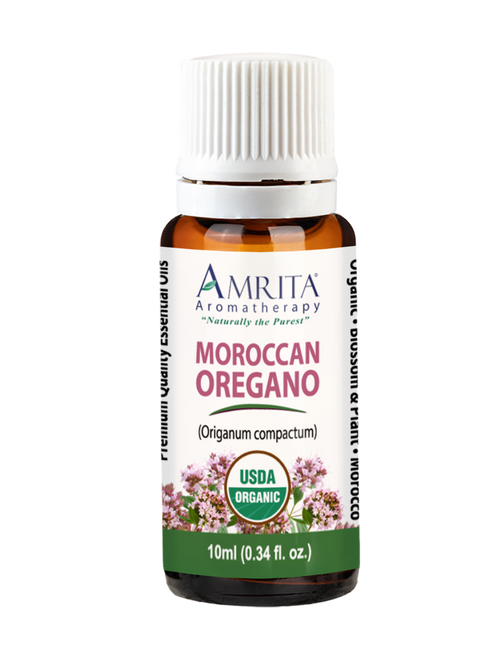-
Useful Essential Oils
Which essential oils are effective for athlete's foot?
The following essential oils have traditionally been used for athlete’s foot:
- Oregano – diluted to a maximum of 3-5% in a carrier oil (15-25 drops per tablespoon) and applied to affected areas.
- Tea Tree – diluted to a maximum of 10-20% in a carrier oil (50-100 drops per tablespoon) and applied to affected areas.
- Myrrh – diluted to a maximum of 10-20% in a carrier oil (50-100 drops per tablespoon) and applied to affected areas.
Learn more about aromatherapy or see our how to use essential oil videos.

-
About The Condition
What Is Athlete's Foot?
Athlete's foot is technically known as tinea pedis. It’s a fungal infection that generally begins between the toes. It is closely related to other fungal infections such as jock itch and ringworm.
It usually appears as a scaly rash that becomes itchy, stings and has a burning sensation. It is contagious and can be spread via contaminated floors like gym showers, towels or clothing.
Sometimes people also get blisters or ulcers. It’s sometimes mistaken for eczema or dry skin.
It can spread to your other foot or even to your hand or your nails or groin area, especially if you scratch or pick at the infected parts of your feet.
You should suspect that you have athlete’s foot if your notice a rash on your foot that doesn't improve within a few weeks. You may like to consult a doctor to confirm that it is athlete’s foot. You should do this early, especially if you have diabetes or if you notice excessive redness, swelling, drainage or fever.
What Causes Athlete's Foot?
Tight-fitting shoes, which cause people’s feet to become sweaty, often seem to lead to development of this condition. This is because the fungal growth is hastened by damp socks and shoes and warm, humid conditions.
-
Other Treatments
What Are Conventional Medical Treatments For Athlete's Foot?
Generally your doctor will suggest over-the-counter antifungal ointments, lotions, powders or sprays. If these don’t help, sometimes a prescription-strength medication is given to apply to the feet. Antifungal pills are prescribed for severe infections. As with all drugs, there can be side effects.
What Are Alternative Treatments For Athlete's Foot?
In terms of prevention, these things can help:
- keeping toe nails well-trimmed
- wearing sandals in the gym locker room (and not sharing towels)
- wearing cotton socks, as they breathe better
- changing your socks during the day if your feet tend to get sweaty
In terms of alternative treatments, you may like to try:
- Organic Neem Oil – apply to clean dry feet
- Organic Ginger – chop some of the root, boil it with a cup of water for 20 minutes and apply when cooled to clean dry feet
- Soaking in a mixture of apple cider vinegar, Himalayan salt and warm water
- Olive oil or coconut oil
- Colloidal silver.
Some people also find keeping the feet dry through the addition of corn or other starches can help. There are many other home remedies, but there has been little scientific research done on the effectiveness of them.
Of course, essential oils traditionally have also been used to help with the body’s repair of Athlete's Foot. See the Useful Essential Oils tab for details.



